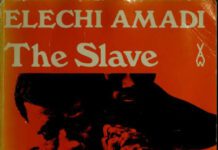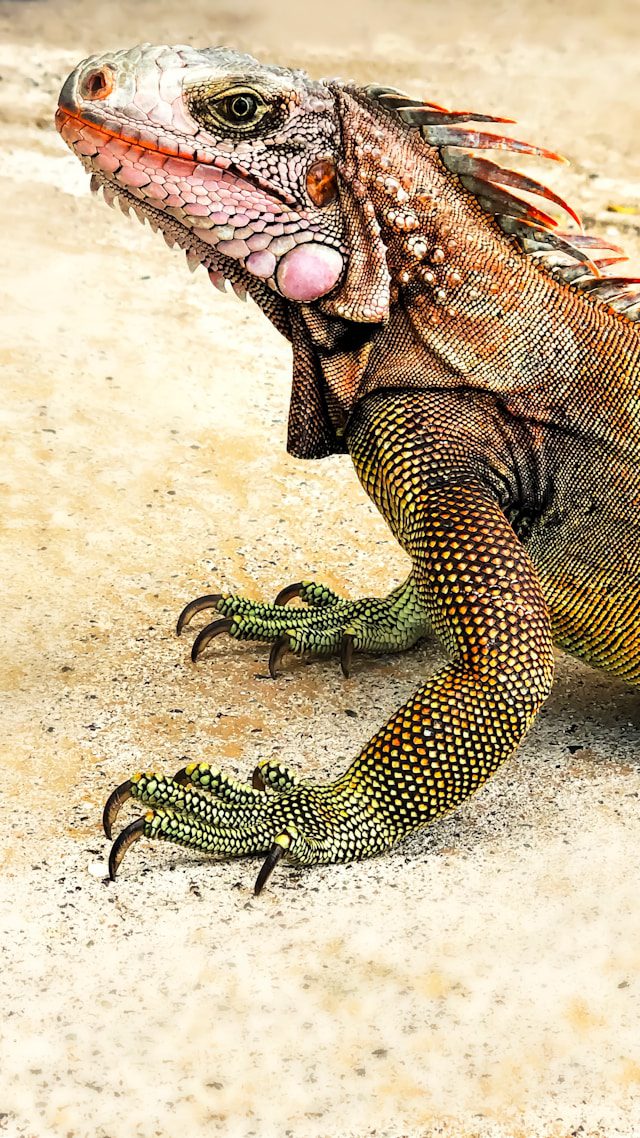Chapter 1 of Buchi Emecheta’s The Slave Girl is titled ‘The Slave Girl’ after the title of the novel. It captures the birth of Ogbanje Ojebeta, and the circumstances surrounding her birth.
Her would-be parents, Okwuekwu Oda and his wife, Umeadi, live in Umuisagba village of Ibuza town with their two sons, Enuha and Okolie. Enuha is the older of the two boys and they have contrasting qualities that set them apart. Although they are both tall like their parents, Enuha is reticent and likes farming while Okolie is noisy and prefers music to laborious farm work.
Okwuekwu and his sons are about to go to the farm. His wife, Umeadi, is due for delivery. Okwuekwu beseeches the river goddess Oboshi to safely deliver his wife.
Umeadi has been delivered of many girls in the past but they always die within a few minutes of their births.
Apart from being a farmer, Okwuekwu is the ‘Kortu-ma’ (p. 7), a court messenger, a position he is compensated with for carrying the ailing white District Officer to the DO’s headquarters at Ogwashi-Ukwu. It is Okwuekwu’s duty to maintain order in the white man’s court with his powerful rendition of ‘order,’ hence, his additional appellation, ‘Oda.’

The novelist portrays Ibuzans as not having the least clue of being ruled by the British. At the time of the story, all white men are Portuguese or in their word, ‘Potokis.’
In this chapter, the novelist portrays the greeting culture in Ibuza.
Okwuekwu is a titled man with Alo title. While he is away, Umeadi has a little baby girl with the assistance of Ukabegwu’s wife in the open. Seeing she has had another girl, she is at first resigned to the fate of her dying, but after a while, when the girl shows no sign of dying, Umeadi runs to her dibia (native doctor) who instructs her to tie safety charms consisting of ‘cowries, tops of tins brought here by the Potokis, and real bells from metal’ (p. 10) around the little girl’s arm.
Okwuekwu is sent for from the court. He names the new baby girl ‘Ogbanje Ojebeta.’ He makes journey to the famed Idu (Benin empire) to get the tops of tins required for the safety charms. What he saw in Idu pales in comparison to the myth about the place.
This chapter explores the concept of Ogbanje, a changeling that keeps dying only to be reborn again:
‘… she has an agreement with her friends in the land of the dead, to keep coming and mocking you.’
The Slave Girl (p. 10)
The novelist also draws attention to low value a girl child has in the Igbo community. Unlike boys, they are not prized. This much the author hints at:
Girl children were not normally particularly prized creatures, but Okwuekwu had lost so many that they now assumed a quality of preciousness.
The Slave Girl (p. 12)
Thus, Ogbanje Ojebeta is cherished because of the nature of her birth.
 WHATSAPP: Click HERE to join the new Literature PADI WhatsApp group to receive latest updates on your phone and for further literary discussions!
WHATSAPP: Click HERE to join the new Literature PADI WhatsApp group to receive latest updates on your phone and for further literary discussions!









